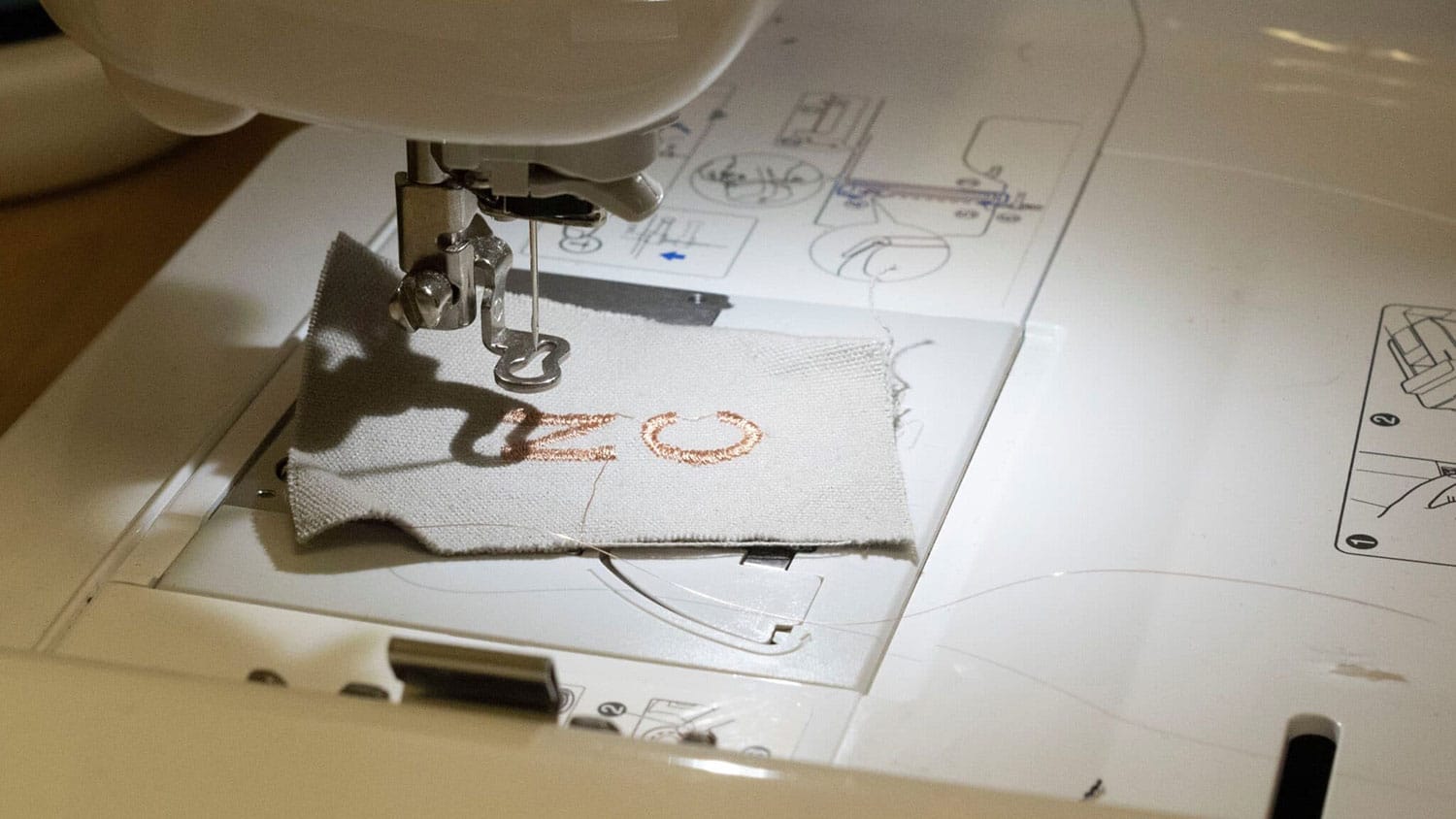
Wearable electronics are growing and developing rapidly and will continue to for the next few decades. Many researchers are also developing power-generating smart fabric, but the technology is often too complex to be scaled up to commercial use.
Now, a team of engineers at North Carolina State University (NCS) in the United States has devised a simple technique that allows embroidering power-generating yarns onto fabric. The technique offers a low-cost, scalable potential method for making wearable devices.
“Our technique uses embroidery, which is pretty simple – you can stitch our yarns directly on the fabric,” said the study’s lead author Rong Yin, assistant professor of textile engineering, chemistry, and science at North Carolina State University. “During fabric production, you don’t need to consider anything about wearable devices. You can integrate the power-generating yarns after the clothing item has been made.”
During laboratory tests, scientists used several different types of power-generating yarns. To make them durable enough to withstand the stress and bending of the embroidery stitching process, they ultimately used five commercially available copper wires containing a thin polyurethane coating. After that, they sewed these threads into a cotton fabric using another material called PTFE (polytetrafluoroethylene).
“This is a low-cost method for making wearable electronics using commercially available products,” Yin said. “The electrical properties of our prototypes were comparable to other designs that relied on the same power generation mechanism.”
The researchers used a method of generating electricity known as the triboelectric effect – which involves harnessing electrons exchanged by two different materials, like static electricity. The team found the PTFE fabric had the best performance in terms of voltage and current when in contact with the polyurethane-coated copper wires, as compared to other types of fabric that they tested, including cotton and silk. They also tested coating the embroidery samples in plasma to increase the effect.
Researchers tested their yarns as motion sensors by embroidering them with the PTFE fabric on denim, which was worn on the palm of the hand, at the elbow, under the arm, and at the knee. In all cases, the devices generated electrical signals that could be used to track the movement of the respective body part. They also attached the fabric with their embroidery on the insole of a shoe to test its use as a pedometer, finding their electrical signals varied depending on whether the person was walking, running, or jumping.
Lastly, the technology was used to create a textile-based numeric keypad on the arm, in which each number was individually embroidered onto the base fabric. Depending on the number that the person pushed on the keypad, they saw different electrical signals generated for each number.
As textile products inevitably need to be washed, scientists tested the durability of their embroidered threads in a series of washing and rubbing experiments. After washing the embroidery by hand, rinsing it with detergent, and drying it in the oven, they found no difference or increase in the voltage of the material.
In future work, they plan to integrate their sensors with other devices to add more functions.
Journal reference:
- Yu Chen, Erdong Chen, Zihao Wang, Yali Ling, Rosie Fisher, Mengjiao Li, Jacob Hart, Weilei Mu, Wei Gao, Xiaoming Tao, Rong Yin, and Bao Yang. Flexible, durable, and washable triboelectric yarn and embroidery for self-powered sensing and human-machine interaction. Nano Energy, 2022; DOI: 10.1016/j.nanoen.2022.107929
New technique allows embroidering power-generating yarns onto fabric
Source: Tambay News

0 Comments